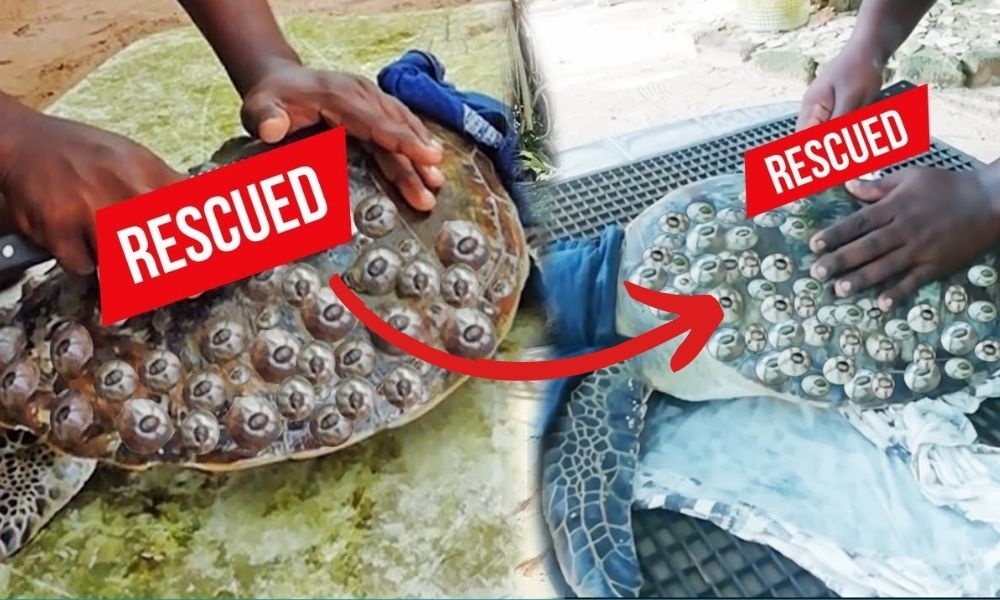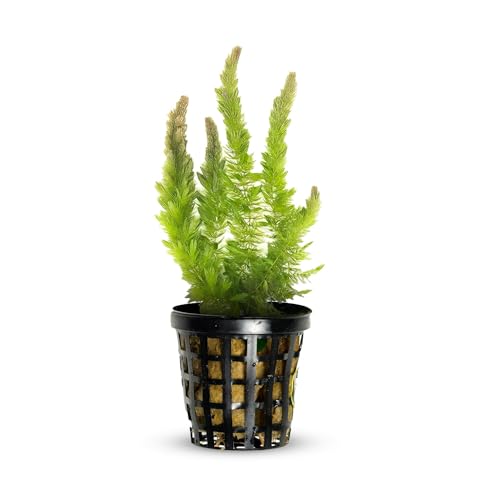Feed your Red Eared Slider turtle daily with a varied diet to ensure its nutritional needs are met. Red Eared Sliders are omnivores and enjoy a diet that consists of both plant and animal matter.
As a responsible turtle owner, it’s important to provide a balanced diet to support your pet’s health and well-being. By understanding the dietary requirements and feeding habits of your Red Eared Slider, you can contribute to its overall happiness and longevity.
Additionally, monitoring its feeding patterns and adjusting the diet as needed will help to ensure that your turtle remains healthy and active. With proper care and attention to its dietary needs, your Red Eared Slider can thrive for many years to come.
Introduction To Red Eared Slider Turtle Care
Red eared slider turtles require a habitat that includes a spacious tank with clean, filtered water and a basking area under a heat lamp. Dietary needs should consist of a variety of foods, including pellets, live prey, and fresh vegetables. It is important to maintain a consistent feeding schedule to ensure the turtle’s health and well-being.
Younger turtles may need to be fed daily, while adult turtles can be fed every other day. Overfeeding can lead to health issues, so it’s crucial to monitor portion sizes and adjust the feeding schedule as the turtle grows. By providing a balanced diet and a suitable habitat, you can help your red eared slider turtle thrive for years to come.
Determining The Right Feeding Frequency
When determining the feeding frequency for your Red Eared Slider Turtle, it’s important to consider their age. Younger turtles, under 2 years old, should be fed daily to support their growth and development. As they age, you can transition to feeding them every other day, and eventually to 2-3 times a week.
Additionally, activity levels play a role in their feeding schedule. If your turtle is particularly active, you may need to adjust the frequency to ensure they are adequately nourished. Observing their behavior and adjusting the feeding schedule accordingly will help maintain their health and well-being.
Types Of Food For Red Eared Sliders
Red eared slider turtles are omnivores and require a balanced diet of protein, vegetables, and fruits. Commercial pellets, vegetables, and fruits should be the main components of their diet, while protein sources should be given in moderation.
Commercial Pellets
Commercial pellets are a convenient and balanced food option for red eared sliders. These pellets are designed to provide a complete and balanced diet, containing all the necessary vitamins and minerals. However, it is essential to choose high-quality pellets and avoid overfeeding them.
Vegetables And Fruits
Vegetables and fruits are an essential part of a red eared slider’s diet. They provide essential nutrients, fiber, and water. Some of the best vegetables and fruits for red eared sliders include kale, collard greens, dandelion greens, carrots, squash, and strawberries. It is important to feed a variety of vegetables and fruits to ensure a balanced diet.
Protein Sources
Protein is essential for the growth and development of red eared sliders. However, they should be given in moderation. Good sources of protein for red eared sliders include earthworms, crickets, and fish. It is important to avoid feeding them high-fat and high-cholesterol foods, such as beef, chicken, and pork.
| Food Type | Frequency |
|---|---|
| Commercial Pellets | Everyday |
| Vegetables and Fruits | Everyday |
| Protein Sources | 2-3 times a week |
Feeding Baby And Juvenile Turtles
When it comes to feeding baby and juvenile red-eared slider turtles, it’s important to provide them with proper nutrition for their growth phase. A daily feeding schedule can help ensure they receive the necessary nutrients.
During the growth phase, baby and juvenile turtles should be fed every day. Offer them a variety of foods, including commercial turtle pellets, leafy greens, and protein-rich options like small insects or worms. It’s important to provide a balanced diet that includes both plant and animal-based foods.
When feeding your baby or juvenile turtle, monitor their behavior and adjust the amount of food accordingly. Overfeeding can lead to health issues, while underfeeding can stunt their growth. It’s essential to find the right balance and avoid overfeeding.
Remember to provide clean, chlorine-free water for your turtle to drink and swim in. Regularly clean their feeding area to maintain hygiene.
By following a proper feeding schedule and providing a balanced diet, you can ensure the healthy growth and development of your red-eared slider turtle.
Adult Turtle Feeding Guidelines
To ensure your Red Eared Slider Turtle stays healthy, feed it daily with a mix of pellets, veggies, and occasional treats. Young turtles require daily feeding, while adults can be fed every other day to avoid overfeeding and obesity. Monitor their activity and adjust feeding accordingly.
Adult Turtle Feeding Guidelines
Reducing Feeding Frequency:
To maintain a healthy diet for your red-eared slider turtle, it’s important to monitor their weight and health. As adult turtles have slower metabolisms, reducing their feeding frequency is necessary. Instead of daily feedings, switch to feeding them every other day. This helps prevent overeating and obesity, which can lead to health problems.
Monitoring Weight and Health:
Regularly check your turtle’s weight to ensure it’s within a healthy range. Weight gain or loss can be an indication of an improper diet or health issue. Additionally, observe their behavior and appearance. Look for signs of lethargy, loss of appetite, or any abnormalities. If you notice any concerns, consult a veterinarian for further guidance.
Remember, maintaining a balanced and appropriate feeding schedule is crucial for the overall well-being of your red-eared slider turtle.
The Role Of Supplements
To ensure the optimal health of your red-eared slider turtle, feed them daily with a variety of foods. Consider incorporating supplements rich in calcium and vitamins to support their growth and development. Regular feeding and supplement intake are crucial for maintaining your turtle’s well-being.
| The Role of Supplements | |
|---|---|
| Calcium and Vitamin Requirements | How to Supplement |
| Red Eared Slider turtles have a high demand for calcium and vitamin D3 to maintain healthy bones and shell. Without proper supplementation, they can develop metabolic bone disease, which can be fatal. To meet their calcium needs, offer cuttlebone, calcium block, or powdered calcium supplement sprinkled on their food. Vitamin D3 can be obtained by exposing the turtle to natural sunlight or providing a UVB light. However, too much UVB light can also be harmful to the turtle, so it’s essential to strike a balance between sunlight exposure and artificial light. | The frequency of supplementing calcium and vitamin D3 depends on the age and activity level of the turtle. Hatchlings and juveniles require more calcium and vitamin D3 than adults. A general rule of thumb is to offer calcium supplementation once a day for hatchlings and juveniles and once every other day for adults. However, it’s crucial to monitor their calcium and vitamin D3 levels and adjust the supplementation frequency accordingly. Consult with a veterinarian experienced in reptile care to ensure that your Red Eared Slider turtle’s nutritional needs are being met. |
Common Feeding Mistakes To Avoid
One of the most common feeding mistakes to avoid when taking care of red-eared slider turtles is overfeeding. It’s important to know how often to feed them, based on their age, size and activity level. Feeding them too much or too little can lead to health issues, so it’s best to follow a feeding schedule and provide a balanced diet.
| Common Feeding Mistakes to Avoid |
| Overfeeding Issues Unbalanced Diet Risks |
Feeding Red Eared Slider Turtles too much can lead to health problems. Balance their diet to avoid nutritional deficiencies. Provide variety in their meals to ensure proper nutrition. Avoid feeding them only one type of food. Offer a mix of vegetables, insects, and occasional treats. Monitor their eating habits regularly to adjust feeding schedule. Remember, overfeeding can harm their digestive system. Consult a vet for diet advice.
Monitoring Your Turtle’s Health
Ensure your Red Eared Slider Turtle gets proper nutrition by observing signs of health. Consult a vet promptly if needed.
Conclusion
To ensure the health and well-being of your red-eared slider turtle, it is crucial to establish a regular feeding schedule. By providing a balanced diet of commercial turtle pellets, fresh vegetables, and occasional protein-rich treats, you can meet their nutritional needs.
Remember to adjust the feeding frequency as they grow, and always monitor their appetite and behavior for any signs of overfeeding or health issues. By following these guidelines, you can maintain a happy and healthy red-eared slider turtle for years to come.




Leave a Reply